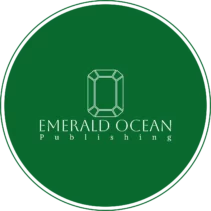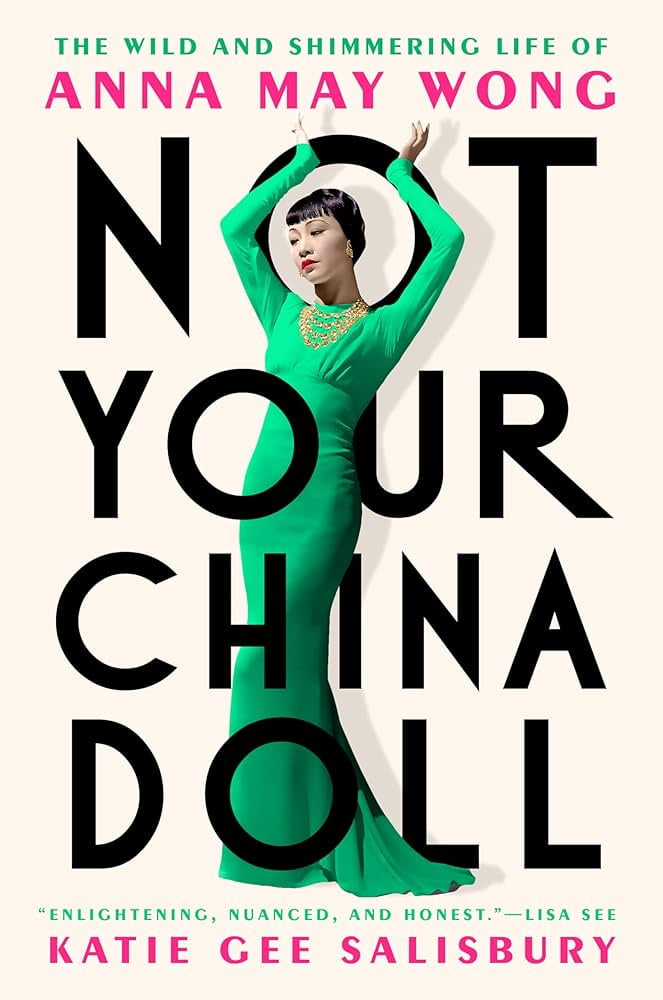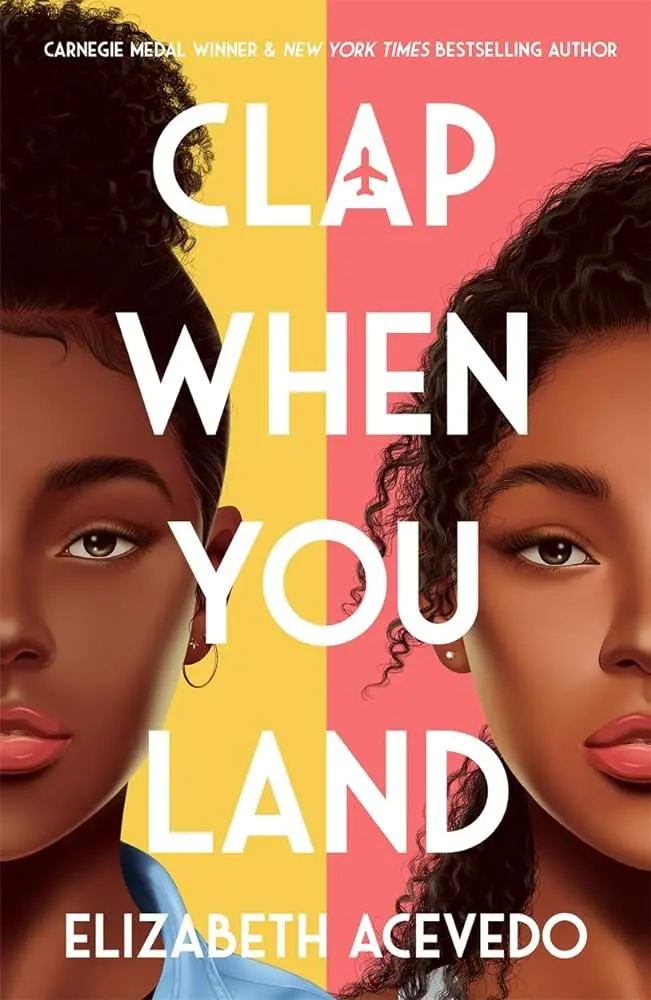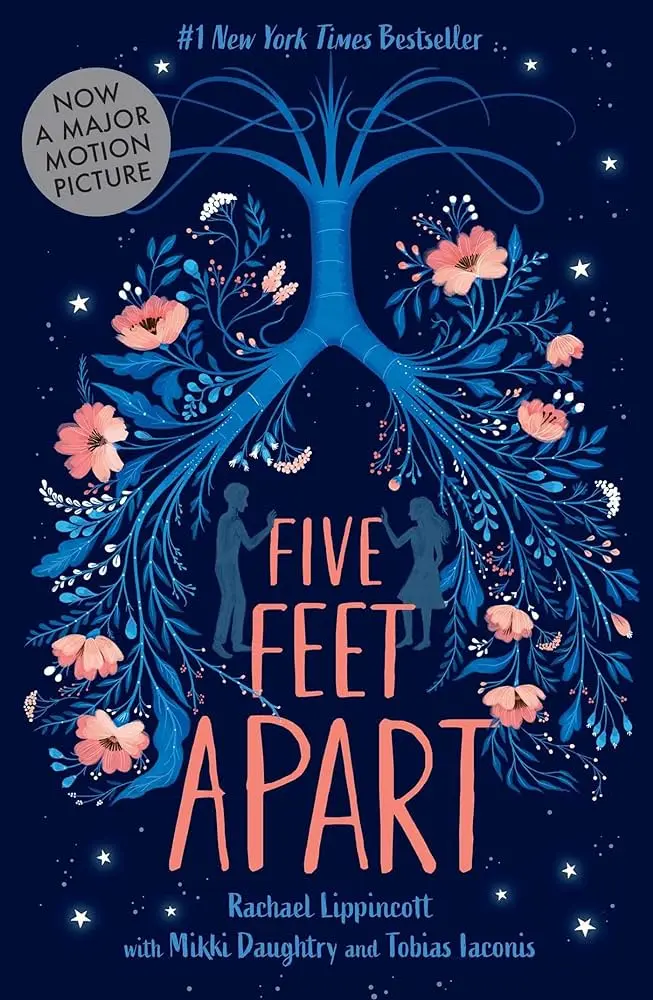Reading Not Your China Doll felt like uncovering a hidden treasure in Hollywood’s messy attic. I stumbled across Anna May Wong while doom-scrolling through TikTok one night (you know how it goes – one minute you’re watching cute cat videos, the next you’re deep into Old Hollywood history). The algorithm blessed me with a clip of her in Shanghai Express, and I was instantly captivated by her magnetic screen presence. I immediately ordered Katie Salisbury’s biography and spent the next weekend completely immersed in Anna May’s world.
The way Katie Salisbury brings Anna May Wong to life is absolutely incredible. The book reads like a novel, which I love in biographies because let’s be real – nobody wants to slog through dry academic prose. Salisbury’s writing style pulled me in immediately, making me feel like I was right there watching Anna May’s story unfold. The descriptions of 1920s Hollywood are so vivid that I could practically smell the greasepaint and hear the whirring of those old movie cameras.
This biography hit me hard emotionally, especially as an Asian woman. Reading about Anna May’s struggles with being considered “too Asian” or “not Asian enough” resonated deeply with me. There was this one part where she talks about feeling caught between two worlds that had me tearing up on my lunch break (thankfully my coworkers were all in a meeting!). The way Salisbury handles these complex identity issues is really thoughtful and nuanced.
I found myself getting increasingly frustrated and angry on Anna May’s behalf as I read about the roles she was denied, particularly in The Good Earth. It’s wild to think that Hollywood would rather put white actors in yellowface than cast an actual Chinese actress who was right there and incredibly talented. The sections about this were particularly well-researched, and Salisbury doesn’t hold back in showing how systemic racism shaped Anna May’s career.
The book really shines when it delves into Anna May’s personal life and relationships. I loved learning about her friendships with other Hollywood icons like Marlene Dietrich. There’s this wonderful photo of them together at a party that just radiates glamour and joy. It made me wish I could time travel back to that moment and just be a fly on the wall.
Speaking of photos, can we talk about how stunning the image selections are? Each one feels carefully chosen to illuminate different aspects of Anna May’s life and career. I spent ages poring over them, especially the behind-the-scenes shots from her films. Her fashion choices were absolutely incredible – I may have spent way too much time on vintage clothing sites after finishing this book, trying to channel some of her style!
After finishing Not Your China Doll, I went on a bit of an Anna May Wong movie marathon. Salisbury’s descriptions of her performances are so compelling that I couldn’t resist seeking them out. Piccadilly and Shanghai Express are absolute must-watches – she absolutely commands the screen in both. It’s fascinating to watch these films with the context from the biography in mind.
The later chapters dealing with Anna May’s decline are handled with grace and sensitivity. While it’s heartbreaking to read about her struggles, Salisbury never veers into sensationalism. Instead, she helps us understand the toll that decades of fighting against systemic barriers took on this remarkable woman.
Salisbury does an excellent job of connecting Anna May’s story to our present moment. Reading about her experiences really puts current conversations about Asian representation in Hollywood into perspective. When I watched Everything Everywhere All at Once right after finishing this book, I couldn’t help but think about how Anna May would have felt seeing Michelle Yeoh’s Oscar win.
This book is a must-read for anyone interested in Old Hollywood, Asian American history, or just beautifully written biographies. It’s both a celebration of an extraordinary pioneer and a clear-eyed examination of the barriers she faced. I finished it feeling both inspired by Anna May’s resilience and determined to learn more about other overlooked figures from this era. Every time I walk past my local Chinese restaurant now (which happens to be on the same street where Anna May’s father once had his laundry business), I think about her legacy and how she helped pave the way for future generations of Asian American artists.
This is definitely going on my list of favorite reads this year. Don’t miss out on this fascinating look at a woman who deserved so much more recognition than she received in her lifetime. And if you’re anything like me, you’ll find yourself diving deep into her filmography right after – just maybe pace yourself better than I did (watching three of her films back-to-back might have been a bit much!).
Subscribe to our newsletter and get two free novels!



